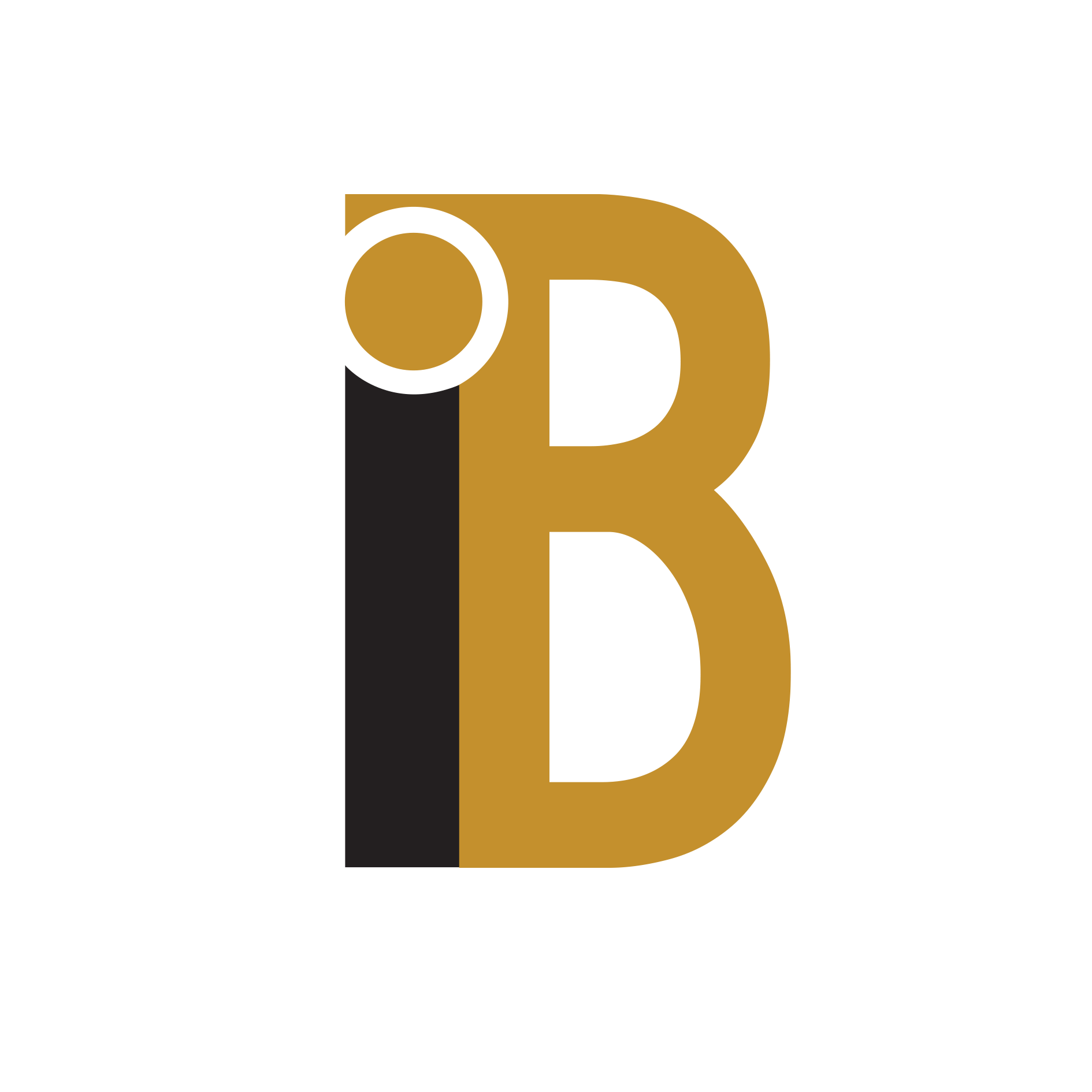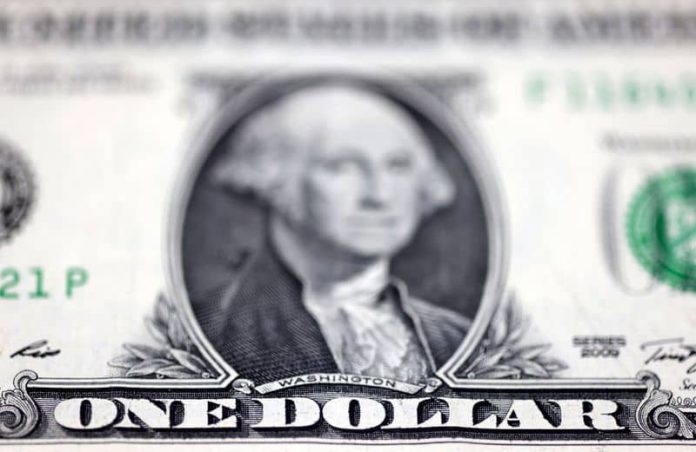SINGAPORE (Reuters) – The dollar crept higher on Tuesday after a survey showed U.S. credit conditions were less gloomy than expected, while the pound flirted with a one-year peak on expectations the Bank of England will raise interest rates this week.
Data showing China’s imports contracted sharply in April from a year earlier while exports grew more slowly than in March, had little impact on currencies.
The offshore yuan slipped 0.1% to 6.9282 per U.S. dollar and the onshore yuan similarly fell about 0.1% to 6.9218 per dollar.
“There were doubts that last month’s strong trade figures could be sustained, and so far that seems to be the case,” said Matt Simpson, senior market analyst at City Index.
“That can feed into concerns of lower growth, especially when accompanied with the softer PMI figures for April.”
Last month, China’s official PMI showed manufacturing activity unexpectedly shrank in April, in another sign of the country’s struggling economic recovery following COVID.
The Australian dollar rose a slight 0.03% to $0.6783, creeping towards Monday’s roughly three-week top of $0.6804.
The kiwi slipped 0.08% to $0.6340, but was not far from its one-month high of $0.63585 hit the day earlier.
Both currencies are often seen as liquid proxies for the Chinese yuan.
“There’s a bit of a nice recovery in the pro-growth currencies, because markets have become a little bit more (of the view) that there’s a slowdown, but not necessarily a recession coming. And that’s certainly improved sentiment,” said Rodrigo Catril, a currency strategist at National Australia Bank (OTC:NABZY) (NAB).
BANKING JITTERS
The Federal Reserve’s quarterly Senior Loan Officer Opinion Survey (SLOOS) on Monday showed that while credit conditions for U.S. business and households continued to tighten at the start of the year, it was likely due to the impact of the Fed’s aggressive rate hikes rather than severe banking sector stress.
The closely watched survey was among the first measures of sentiment on the banking sector since the recent run of bank failures, sparked by Silicon Valley Bank’s collapse in March.
The U.S. dollar rode Treasury yields modestly higher after the release, as traders pared back their expectations on the scale of Fed rate cuts needed later this year to ease the stress on the sector.
The euro fell 0.12% to $1.0991.
Against a basket of currencies, the U.S. dollar index steadied at around 101.44, paring some of its earlier gains over the course of the trading session on Tuesday.
The index remained not far from recent lows, as traders eye a peak in U.S. interest rates.
“(The survey) wasn’t as bad as expected. There’s still a tightening in credit conditions that is coming … but overall, at this stage, the survey is not depicting a credit crunch ahead. And I think that was good news,” said NAB’s Catril.
The Japanese yen rose about 0.15% to 134.92 per dollar, aided by comments from Bank of Japan (BOJ) Governor Kazuo Ueda.
He said the BOJ will end its yield curve control policy and start shrinking its balance sheet once prospects heighten for inflation to sustainably hit the central bank’s 2% target.
Elsewhere, sterling last bought $1.2618, not far from the previous session’s one-year peak of $1.2668, ahead of Thursday’s central bank policy meeting.
The Bank of England looks set to raise interest rates to 4.5%, as it tries to fight the highest inflation of any big advanced economy.
“The BoE has been sort of this reluctant hiker, they keep on saying that they expect inflation to ease and that they’re concerned about the cost of living and the slowdown in the economy,” said NAB’s Catril.
“Yet, the reality is that the UK economy has proven to be quite resilient this year … the important thing will be the messaging out of what the bank says.”



















